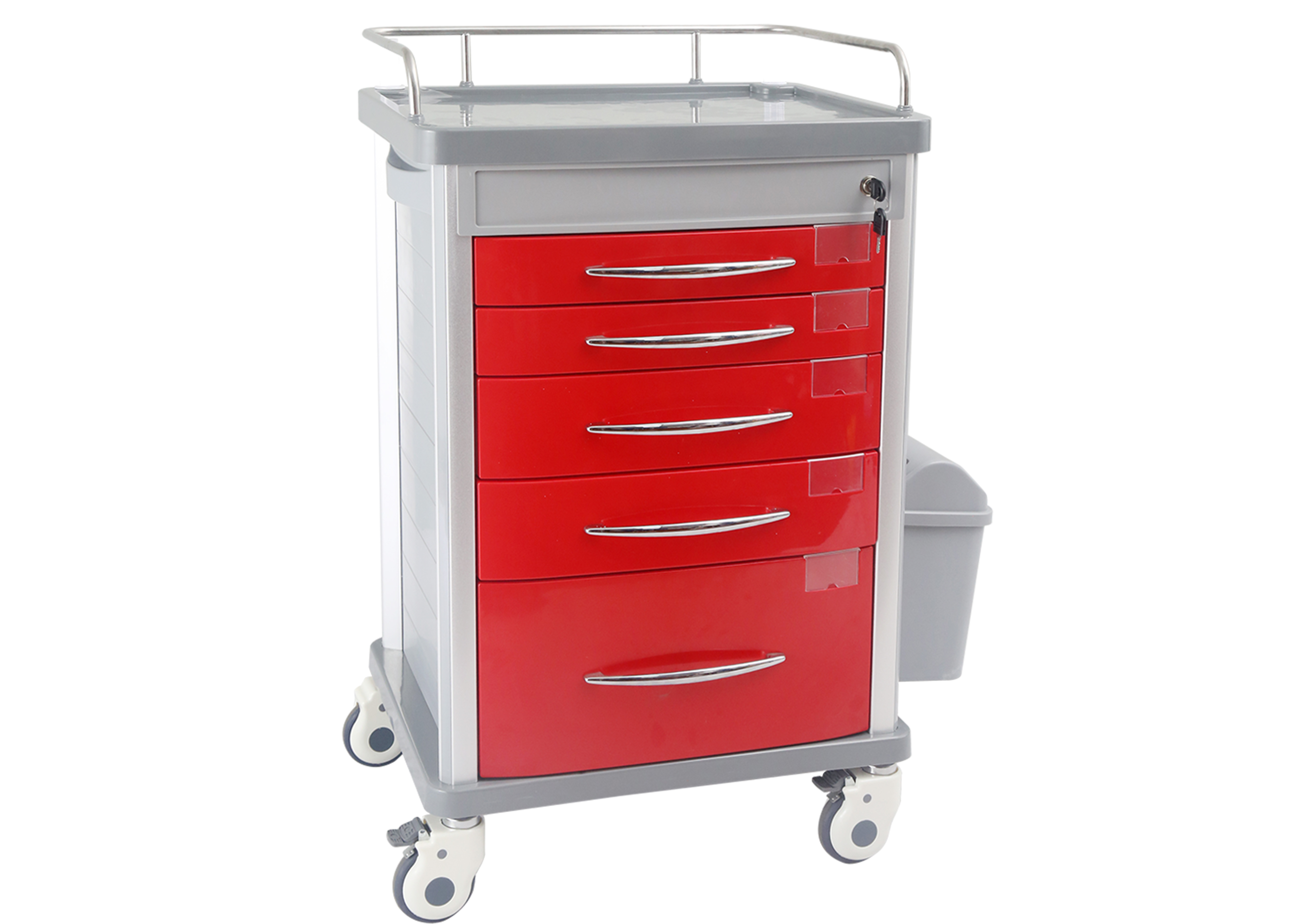Welcome to our websites!
walking aids for elderly
Walking Aids for the Elderly Enhancing Mobility and Independence
As we age, maintaining mobility becomes increasingly vital for sustaining quality of life and independence. Walking aids play a crucial role in helping the elderly navigate their daily routines, providing support and stability. This article will explore the various types of walking aids available, their benefits, and considerations for choosing the right mobility device.
Types of Walking Aids
1. Canes One of the most common walking aids, canes come in various designs, including single-point, which offers minimal support, and quad canes, which have a wider base for enhanced stability. Canes can be made of wood, aluminum, or fiberglass and often feature ergonomic handles for comfort. They are particularly beneficial for those who have mild balance issues or require a little extra support while walking.
2. Walkers Standard walkers, also known as front-wheeled walkers, provide significant support with four legs and are often equipped with rubber tips for traction. For those needing even more assistance, rollators, which have wheels and hand brakes, offer mobility while allowing the user to rest whenever needed. Walkers are suitable for individuals who may have difficulty with balance or strength when walking.
3. Scooters For those who find walking excessively tiring or have severe mobility restrictions, mobility scooters are an excellent solution. These battery-powered devices allow users to cover more significant distances without exerting themselves physically. Elderly individuals can use scooters for errands, social activities, or simply enjoying the outdoors, enhancing their independence.
4. Wheelchairs For individuals with limited mobility who cannot walk, manual or powered wheelchairs provide an essential means of transportation. Manual wheelchairs require physical effort to move, while powered options allow users to navigate effortlessly with a joystick control. Wheelchairs empower the elderly to participate in activities and reach destinations that would otherwise be inaccessible.
Benefits of Walking Aids
walking aids for elderly

Walking aids bring numerous benefits beyond just physical assistance. For many elderly individuals, using a mobility device can significantly enhance their confidence when moving around. This increased sense of security can encourage more social interactions and engagement in community activities, ultimately leading to improved mental health and well-being.
Moreover, walking aids reduce the risk of falls, a common concern for the elderly. Falls can lead to serious injuries, including fractures, which can significantly impact an individual’s independence. By providing stability and support, walking aids can help prevent such accidents.
Walking aids also promote physical activity, which is essential for maintaining overall health. While they provide support, they can also encourage users to walk more often, thereby improving cardiovascular health, muscle strength, and joint flexibility.
Choosing the Right Walking Aid
Selecting the appropriate walking aid can be a daunting task given the wide range of options available. It is essential to consider the specific needs of the individual, their level of mobility, and any underlying health conditions. Consulting with a healthcare professional, such as a physical therapist, can provide valuable insights into which type of walking aid would be most beneficial.
Additionally, factors such as the user’s height, weight, and personal preferences should be taken into account. For instance, canes should be adjusted to the correct height to ensure proper posture, while walkers need to be lightweight yet sturdy enough to provide support.
Conclusion
Walking aids for the elderly serve as vital tools for enhancing mobility and sustaining independence. With options ranging from canes and walkers to scooters and wheelchairs, there is a suitable choice for everyone. By understanding the types of walking aids available and consulting with health professionals, elderly individuals can confidently select the device that best meets their needs. Ultimately, the right walking aid can empower older adults to lead active, fulfilling lives, maintaining their dignity and independence as they age.
-
Transforming Healthcare with Hospital FurnitureNewsJun.24,2025
-
Rehabilitation EquipmentNewsJun.24,2025
-
Mobility and Independence with WheelchairsNewsJun.24,2025
-
Freedom of Mobility with Our Rollator WalkersNewsJun.24,2025
-
Comfort and Independence with Commode ChairsNewsJun.24,2025
-
Bathing Safety and Independence with Shower ChairsNewsJun.24,2025
-
Navigating the Wholesale Landscape of Electric Mobility Solutions: Key Considerations for Power Wheelchair DealersNewsJun.10,2025











